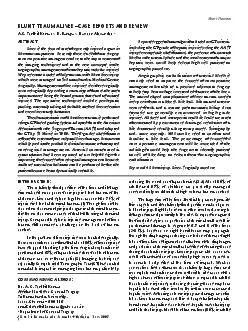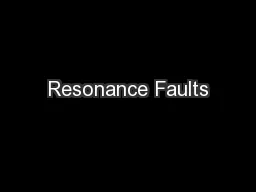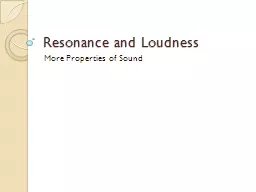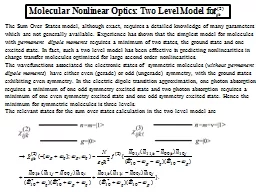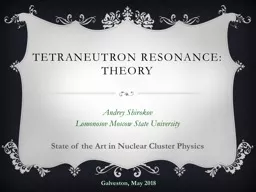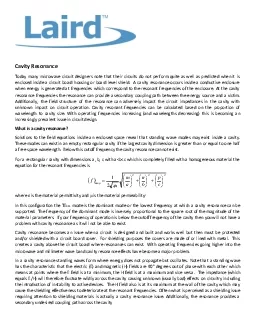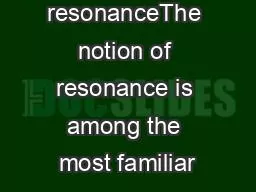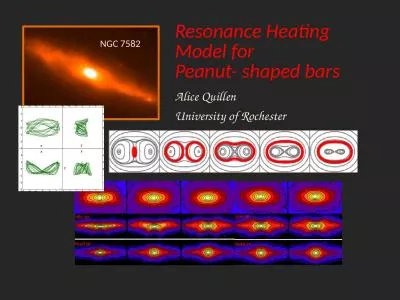PPT-Short-Lived Resonance States
Author : alida-meadow | Published Date : 2016-05-24
Forces and Fields Since 1932 the number of fundamental particles has increased enormously and the description of these new particles and their interactions
Presentation Embed Code
Download Presentation
Download Presentation The PPT/PDF document "Short-Lived Resonance States" is the property of its rightful owner. Permission is granted to download and print the materials on this website for personal, non-commercial use only, and to display it on your personal computer provided you do not modify the materials and that you retain all copyright notices contained in the materials. By downloading content from our website, you accept the terms of this agreement.
Short-Lived Resonance States: Transcript
Download Rules Of Document
"Short-Lived Resonance States"The content belongs to its owner. You may download and print it for personal use, without modification, and keep all copyright notices. By downloading, you agree to these terms.
Related Documents


